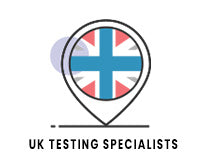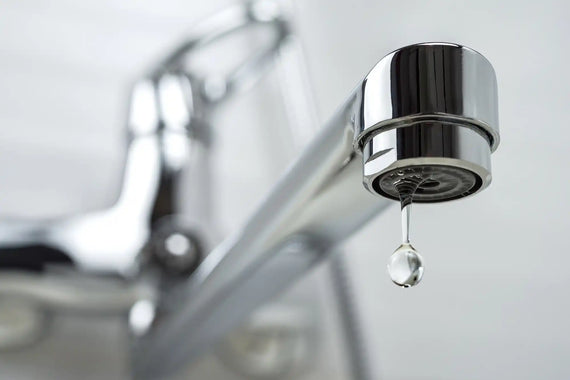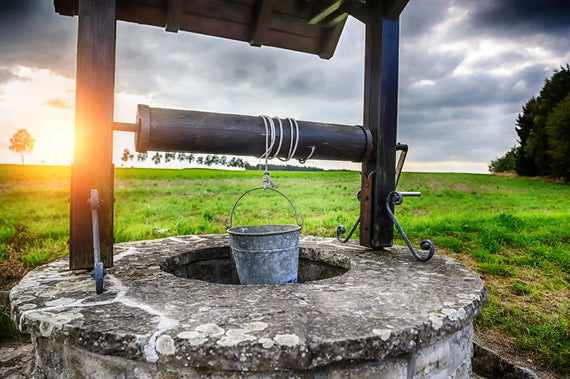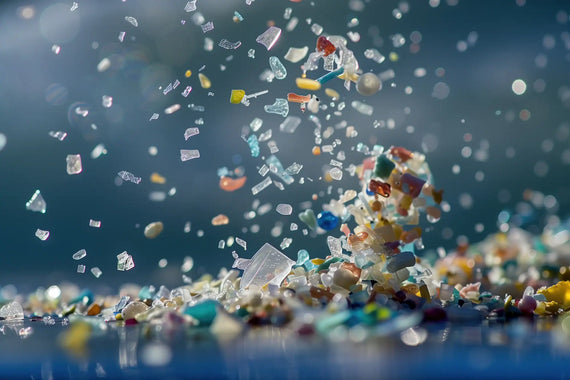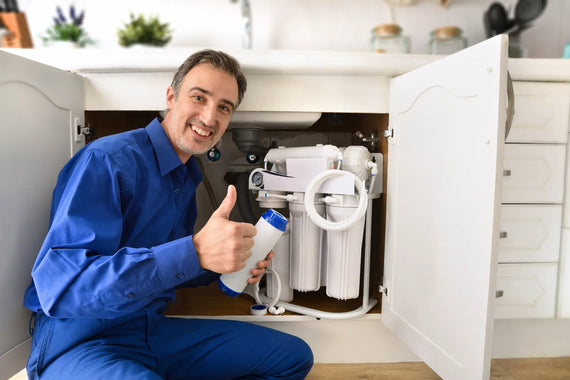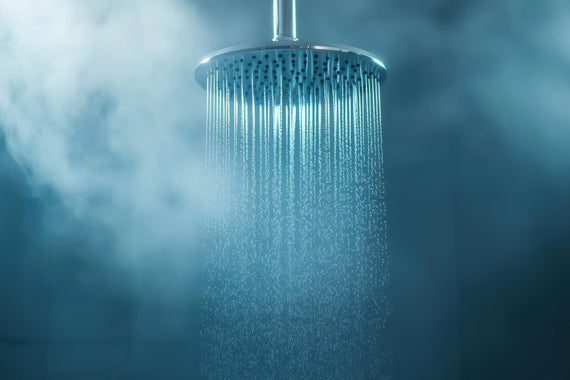Nitrate in Drinking Water

When you think about clean drinking water, you probably picture something clear, fresh, and safe. But lurking in some water supplies — especially in rural areas — are invisible compounds that can pose real health risks.
One of the most important of these is nitrate.
In this article, we'll walk you through what drinking water nitrate levels mean, why they matter, where nitrates come from, and what you can do to protect yourself.
What Are Drinking Water Nitrate Levels?
Nitrates are naturally occurring chemicals made up of nitrogen and oxygen. They’re vital for plant growth, which is why farmers use nitrate-based fertilisers to boost crops. But when these nitrates find their way into drinking water, they can cause problems for human health.
Drinking water nitrate levels refer to how much nitrate is dissolved in the water we drink.
In the UK, the legal limit for nitrates in drinking water is 50 mg per litre.
Above this level, health authorities consider the water unsafe for long-term consumption, particularly for infants and pregnant women.
How Do Nitrates Get Into Our Water?
Most nitrates in drinking water come from human activities.
Common sources include:
-
Agricultural fertilisers washing off fields after heavy rain.
-
Manure from livestock farms.
-
Leaking septic tanks and old sewer systems.
-
Industrial waste.
-
Even some natural soil processes can contribute small amounts.
In farming regions, nitrates often build up faster than nature can break them down, especially when water drains quickly through soil into groundwater supplies.
Here’s a simple look at the nitrogen cycle that shows how nitrates move through the environment:
The Nitrogen Cycle Diagram

Why High Nitrate Levels Matter for Health
You can’t see, taste, or smell nitrates in your water, but your body definitely notices them.
High levels of nitrate can stop your blood from carrying oxygen efficiently. In babies, this can cause a dangerous condition called blue baby syndrome, where the skin turns a bluish colour due to a lack of oxygen.
Adults exposed to high nitrate amounts over time may also face risks like:
-
Increased blood pressure.
-
Damage to blood vessels.
-
Higher risk of certain cancers.
It’s important to remember that nitrates don’t just come from water. Foods like processed meats (think bacon, ham, and sausages) are also major sources. When both your diet and your water supply contain high nitrate levels, the risk to health can increase.
How Much Nitrate Is Safe?
The safe upper limit is 50 mg per litre, both according to UK regulations and the World Health Organization (WHO).
This level is based on decades of scientific research aimed at protecting vulnerable groups.
If your water tests near or above this 50 mg limit, it's time to take action.
How to Test and Reduce Nitrate in Drinking Water
If you're concerned about nitrate levels in your drinking water, here’s what you can do:
-
Test your water: Use a lab test service such as our Agricultural Test or our more comprehensice Standard Test. Look for the specific measurement of nitrate amounts in milligrams per litre.
-
Explore water treatment options: Technologies like reverse osmosis, ion exchange, and distillation are highly effective at removing nitrates from your tap water.
-
Identify the source: Is it agricultural runoff? A nearby septic system? Knowing the source can help you choose the right solution.
-
Consider safe alternatives: In some cases, switching to bottled water for drinking and cooking is a temporary solution while you fix the underlying problem.

Nitrate is a natural part of our environment — but too much of it in your drinking water isn’t healthy.
Understanding drinking water nitrate levels, testing your water regularly, and investing in the right water treatment solutions can make a big difference for your family’s health.
At The Water Professor, we’re passionate about helping you navigate these issues with confidence.
If you need help testing your water or understanding your results, get in touch — we’re here to help!
Frequently Asked Questions
What is a safe level of nitrate in drinking water?
The safe limit is 50 mg per litre, according to UK standards and WHO guidelines. Drinking water above this level could pose health risks, particularly for young children and pregnant women.
How do nitrates get into drinking water?
Nitrates often enter drinking water through agricultural runoff, leaking septic tanks, industrial pollution, and natural soil processes.
How can I remove nitrates from my water?
You can remove nitrates effectively using water treatment methods such as reverse osmosis, ion exchange, or distillation.
What are the health risks of high nitrate exposure?
High nitrate levels can impair how blood carries oxygen, increase blood pressure, damage blood vessels, and may even raise the risk of developing certain cancers.









